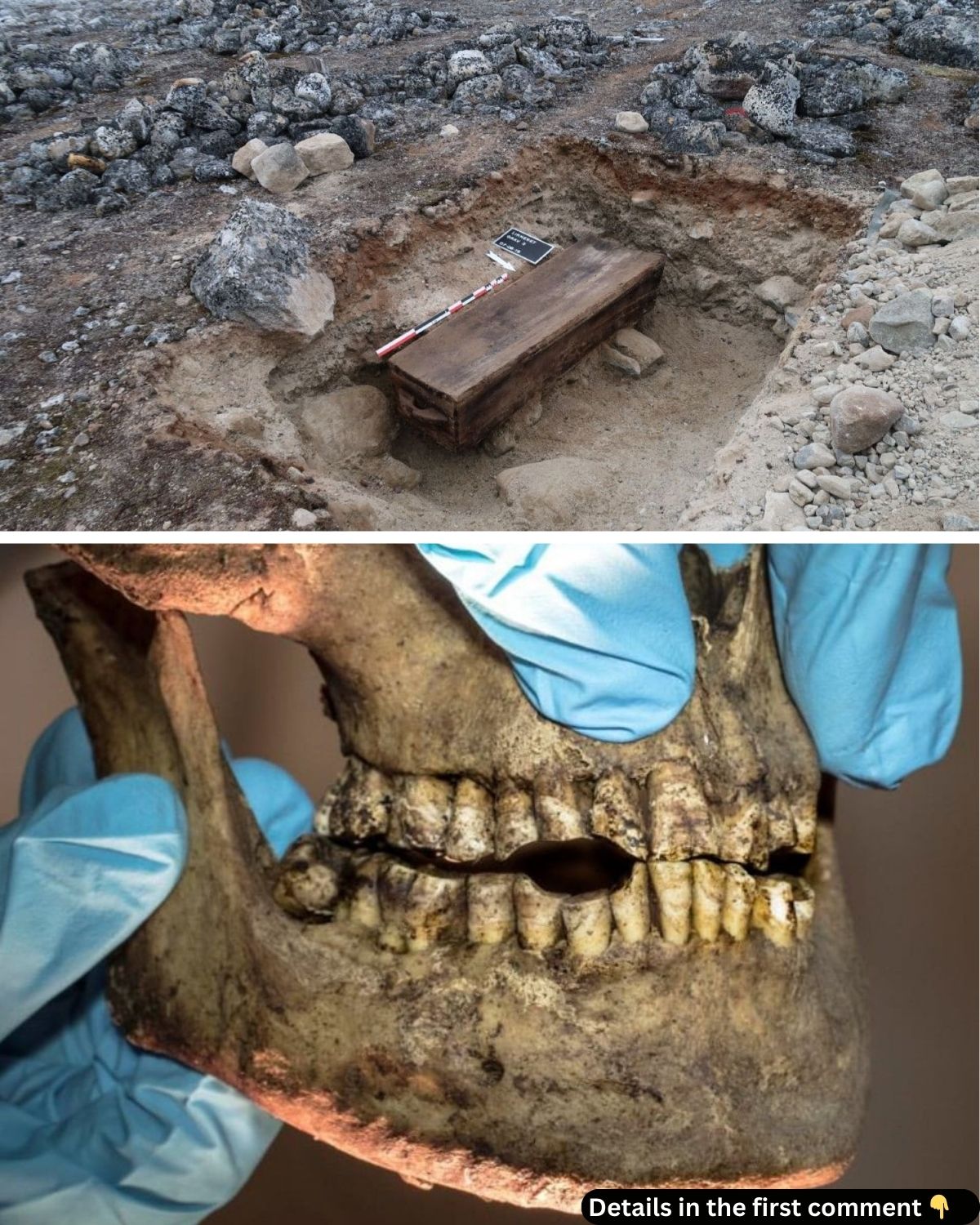Beneath the icy expanse of Svalbard, an ancient story is slowly disappearing, swallowed by the very forces of nature that once preserved it. The whaling graves of Smeerenburgfjorden, where hundreds of 17th- and 18th-century whalers rest, are now threatened by the accelerating effects of climate change. As permafrost melts and sea levels rise, these fragile graves are at risk of vanishing forever. In a race against time, the “Skjeletter i Skapet” project seeks to uncover and document the lives of these early Arctic explorers before they are lost to history.
The Whaling Graves of Smeerenburgfjorden: A Unique Archaeological Site
The whaling graves located at Smeerenburgfjorden on the island of Spitsbergen in the Svalbard archipelago form a unique and invaluable archaeological site. The graves contain the remains of whalers who worked in the area during the 1600s and 1700s, a time when Svalbard was a hub for the European whaling industry. In total, around 600 whalers are believed to have been buried here, many of whom died while working in this harsh and remote environment.
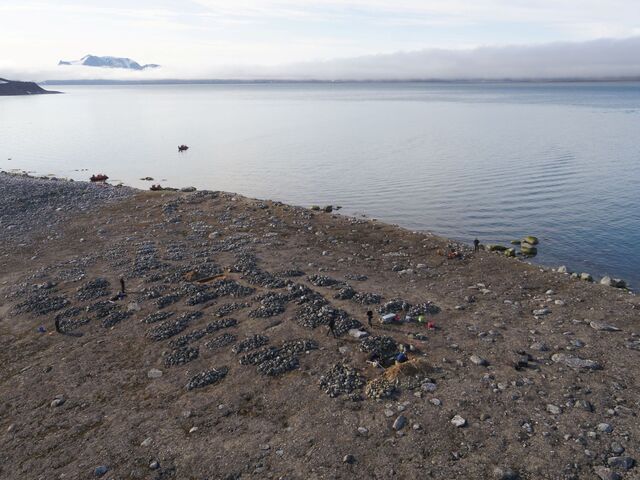

Excavations of these graves began in the 1980s, and several findings were made between 1985 and 1990. These discoveries include skeletal remains, textiles, and other personal items that have provided researchers with a glimpse into the lives of the whalers who ventured to Svalbard from Europe. However, these graves are facing a critical threat from climate change, which is causing the permafrost to thaw and leading to the erosion of the graves. Without urgent intervention, this extraordinary archaeological site could soon be lost forever.
Video
Skjeletter i Skapet: Investigating the Impact of Climate Change on Preservation

The research project “Skjeletter i Skapet” is dedicated to studying the effects of climate change on the preservation of the whaling graves and their contents. This project is part of a larger research initiative by the Norwegian Institute for Cultural Heritage Research (NIKU), which aims to investigate the broader impacts of climate change on archaeological sites in Svalbard. As part of the “Studies On Climate Change and The Degradation of Archaeological Environments in Svalbard” (CLIMARCH) research plan, the project focuses on understanding how the rapid warming of the Arctic is contributing to the degradation of these unique cultural landscapes.
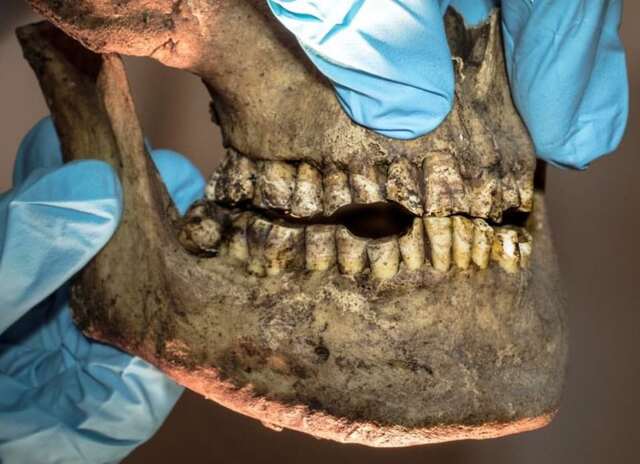
The researchers are particularly interested in comparing graves that were excavated in the 1980s and 1990s with more recent findings from 2016 and 2019. This comparison allows them to assess how the state of preservation has changed over time, and how climate change may be accelerating the degradation process. The project’s findings are crucial for understanding how we can mitigate the damage to these irreplaceable historical sites.
Permafrost and the Preservation of Archaeological Sites
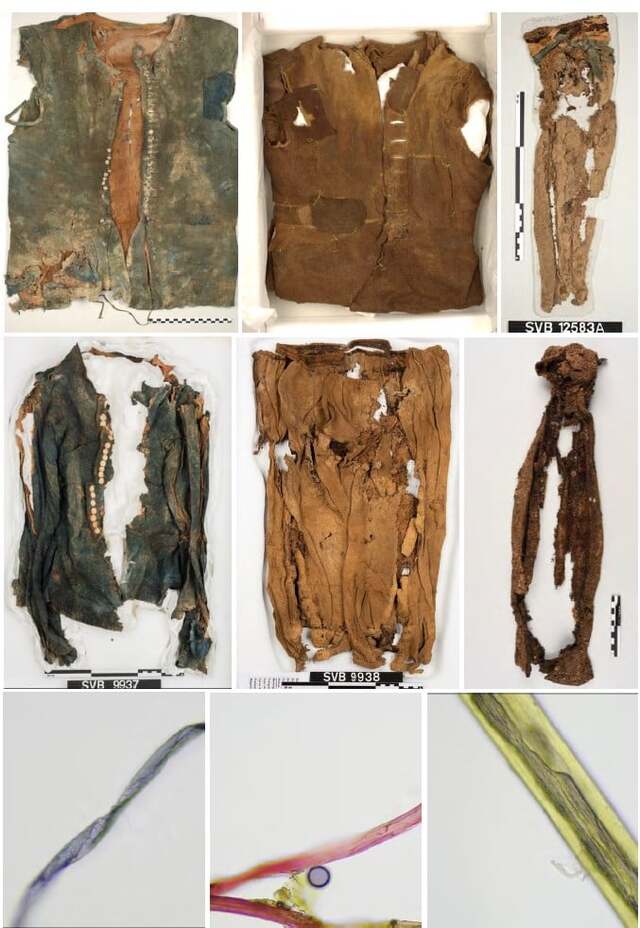
Historically, the permafrost in Svalbard has played a vital role in preserving the remains of the whalers and their belongings. Permafrost, which refers to soil that remains frozen year-round, creates an environment that slows down the decomposition process, keeping organic materials like bones, textiles, and other personal items remarkably well-preserved. The cold temperatures and stable ground conditions have ensured that these graves, which contain valuable archaeological evidence, have remained in a near-perfect state for centuries.
However, this natural preservation system is now being threatened by the effects of global warming. Rising temperatures in the Arctic are causing the permafrost to thaw, exposing the graves to erosion and decay. This thawing process is accelerating, with the active layer of soil (the layer that thaws and refreezes annually) becoming deeper and deeper. As a result, more and more graves are being exposed to the elements, with erosion caused by rain, wind, and rising sea levels further contributing to the degradation of these fragile sites.
The Accelerating Degradation of Whaling Graves Due to Climate Change
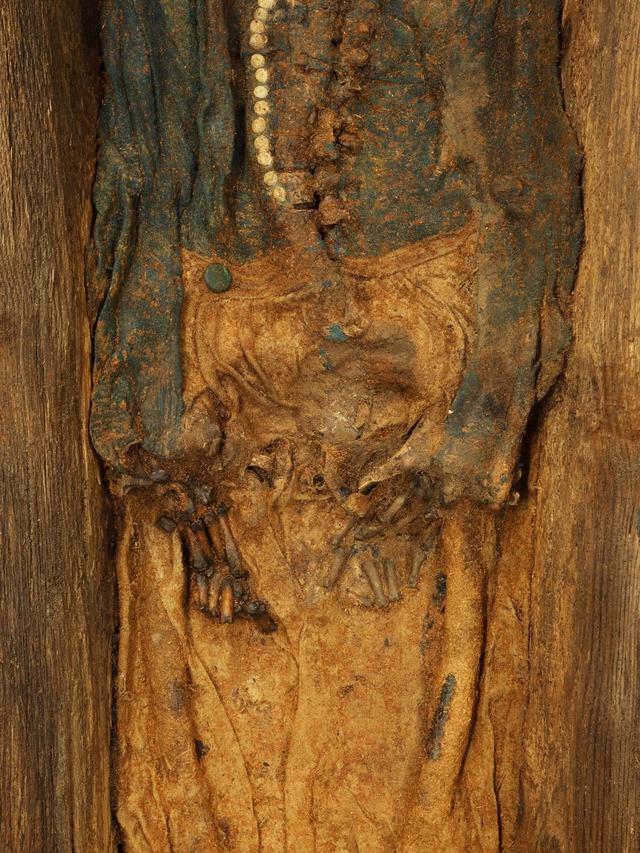
The impacts of climate change on the whaling graves are becoming increasingly evident. In particular, erosion and the movement of sediment are causing grave materials to wash away into the sea. As the sea ice recedes and storm surges become more frequent, the coastline is eroding at a faster rate, increasing the risk of losing the graves and their contents.
At Likneset, one of the most vulnerable grave sites, the effects of climate change are already visible. Many of the wooden coffins that once contained the whalers’ remains have collapsed, exposing the skeletons and textiles to the elements. Once exposed to sediment, water, and oxygen, these materials are rapidly deteriorating, contributing to an accelerated microbial degradation process. In some cases, the degradation is occurring so quickly that researchers can observe visible changes year to year.
Textile and Skeleton Analysis: Insights into the Lives and Health of Whalers
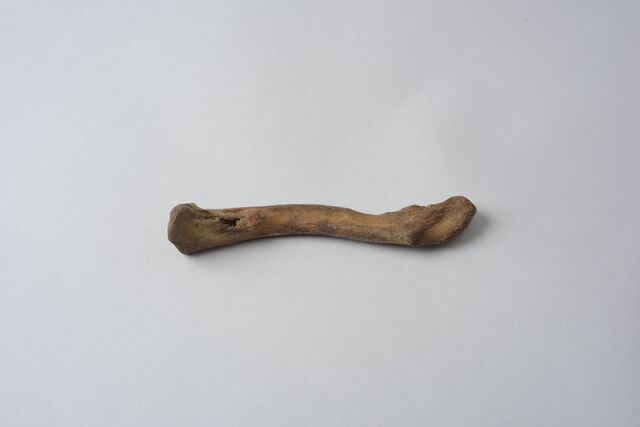
Despite the threats posed by climate change, the research project “Skjeletter i Skapet” has provided valuable insights into the lives of the whalers buried at Smeerenburgfjorden. By analyzing the skeletal remains and textiles recovered from the graves, researchers have been able to gain a deeper understanding of the health, living conditions, and social status of these individuals.

The osteological analyses of the skeletal remains have revealed significant information about the health of the whalers. Many of the individuals show signs of malnutrition and hard labor, with evidence of scurvy—a disease caused by a lack of vitamin C, which was common among sailors during this time. The whalers led difficult lives, often enduring long periods of isolation and harsh conditions as they worked in the Arctic.

Textile analysis has also provided valuable information about the whalers’ daily lives. The clothing found in the graves shows that, despite their often impoverished status, the whalers had access to a variety of garments that likely reflected their social roles within the whaling industry. Some individuals were buried with clothing that may have been auctioned to provide funds for their families back home, further highlighting the difficult and often precarious nature of their work.
The Urgency of Documenting Vanishing Cultural Heritage

The rapid degradation of the whaling graves underscores the urgency of documenting and preserving these important archaeological sites. As climate change continues to accelerate, more sites like these are at risk of being lost forever. The “Skjeletter i Skapet” project aims to capture as much information as possible before it is too late, providing a vital record of the whalers who worked in the Arctic centuries ago.
In addition to the direct impact on the graves, the loss of this archaeological material also represents a loss of cultural heritage. The whaling graves of Svalbard offer a unique window into the past, shedding light on the lives of individuals who played a key role in the history of the Arctic. Without proper documentation and preservation, this valuable historical evidence may be lost to future generations.
Video
Watch the video Skjeletter i skapet NMM to explore this intriguing discovery!
Conclusion: The Race Against Time in Svalbard’s Archaeological Crisis
The whaling graves of Smeerenburgfjorden are among the most unique and vulnerable archaeological sites in the world. As climate change continues to threaten these fragile remains, the research project “Skjeletter i Skapet” is working to document and preserve as much as possible before it is too late. Through the analysis of skeletal remains, textiles, and other grave goods, researchers are uncovering valuable insights into the lives of the whalers who once inhabited this remote part of the world. However, time is running out, and urgent action is needed to protect this irreplaceable cultural heritage before it disappears beneath the ever-changing Arctic landscape.
